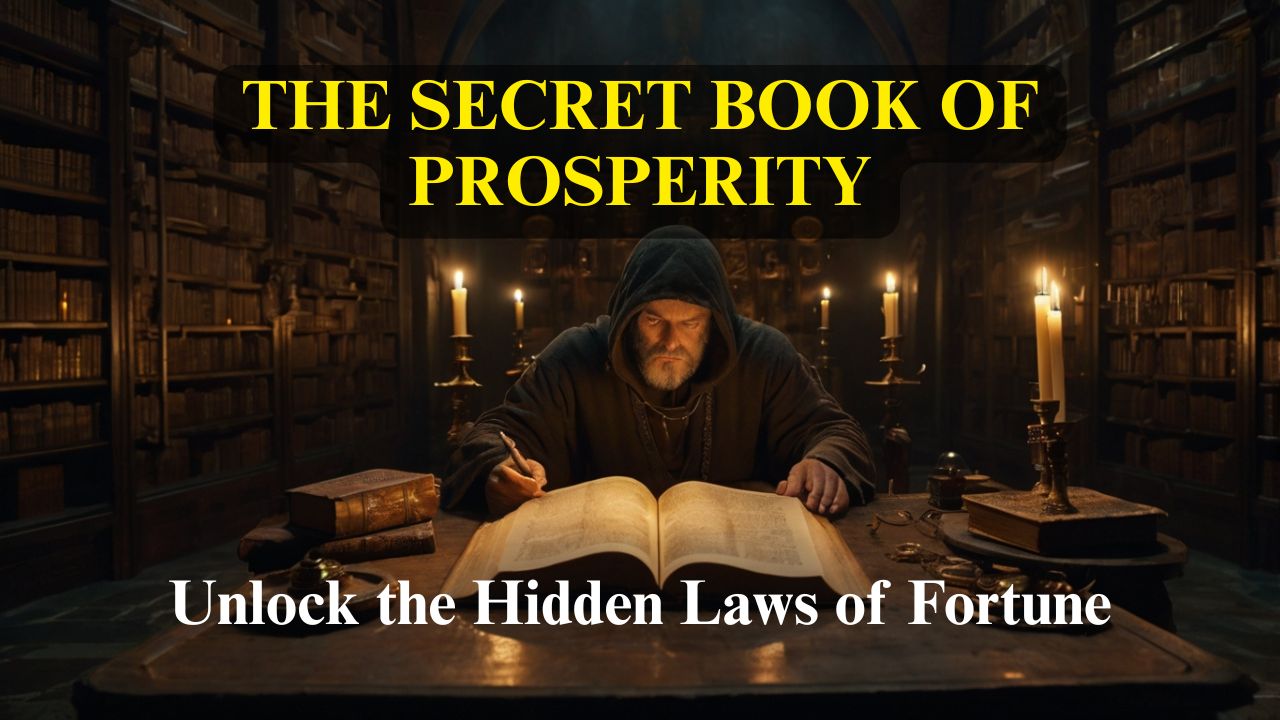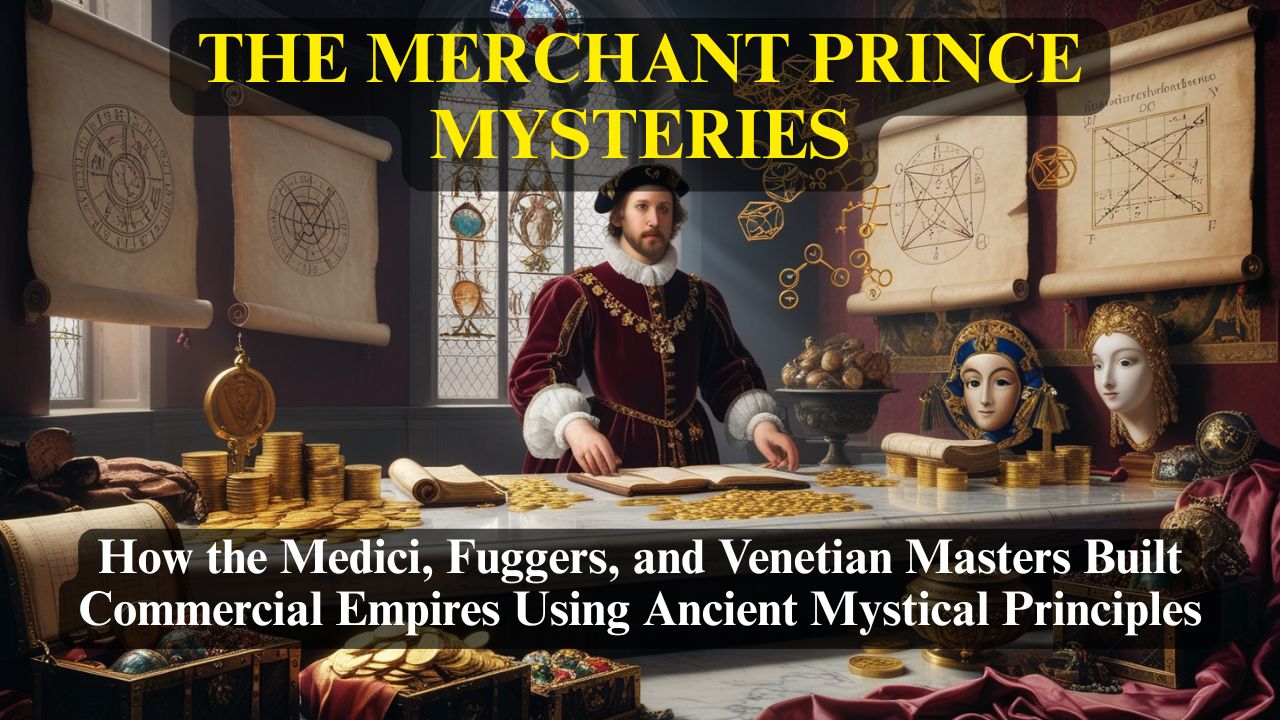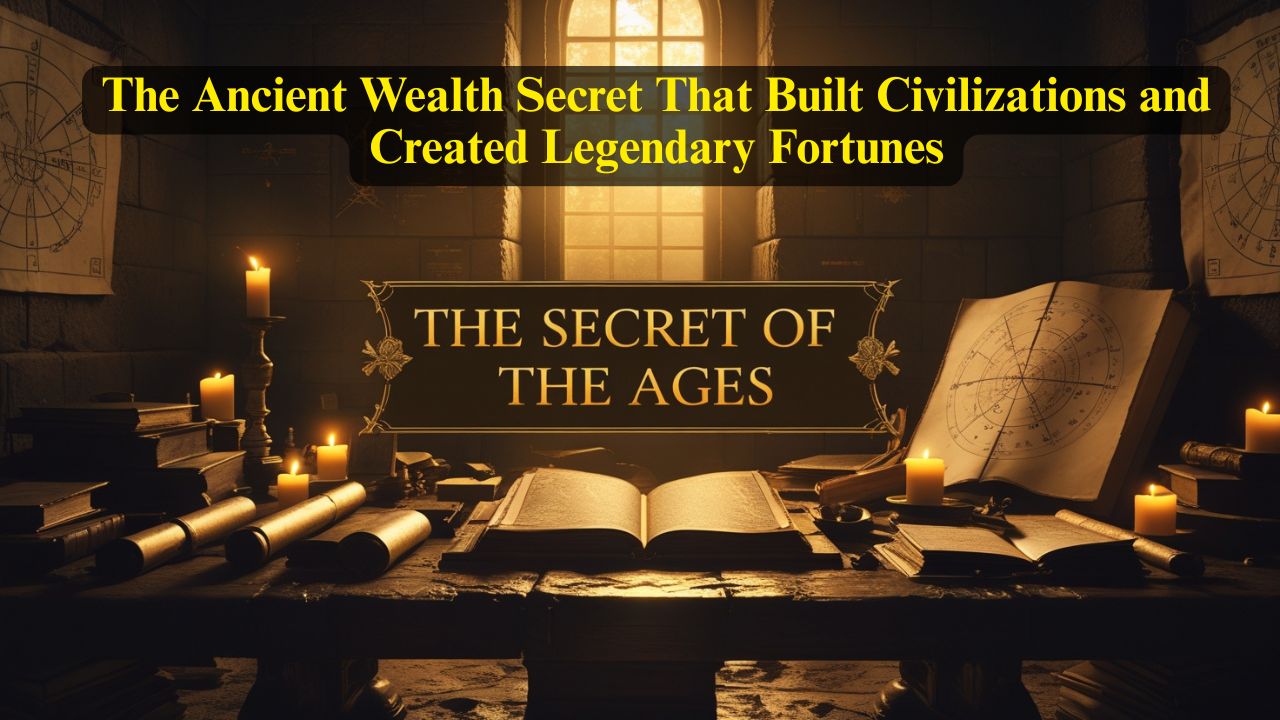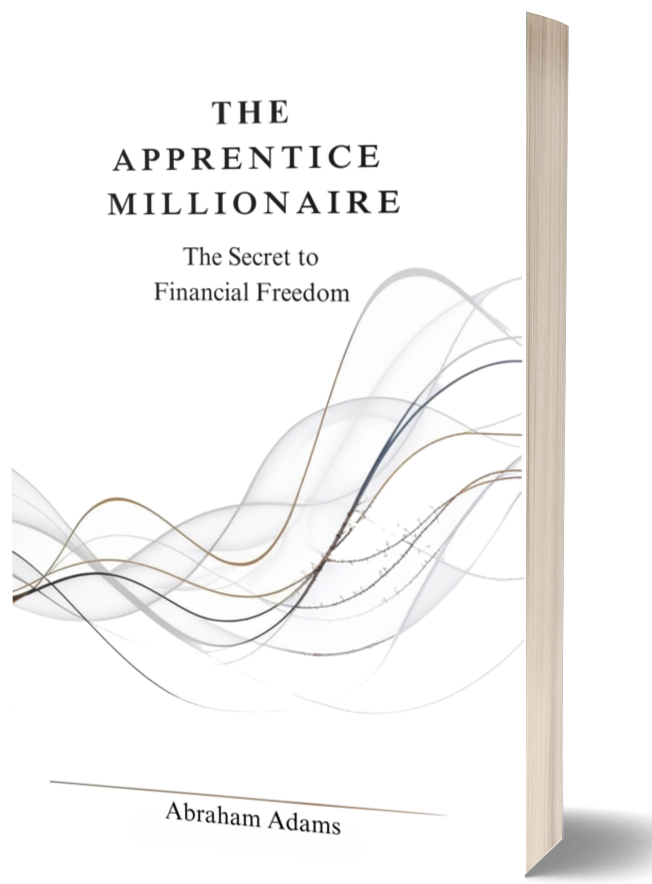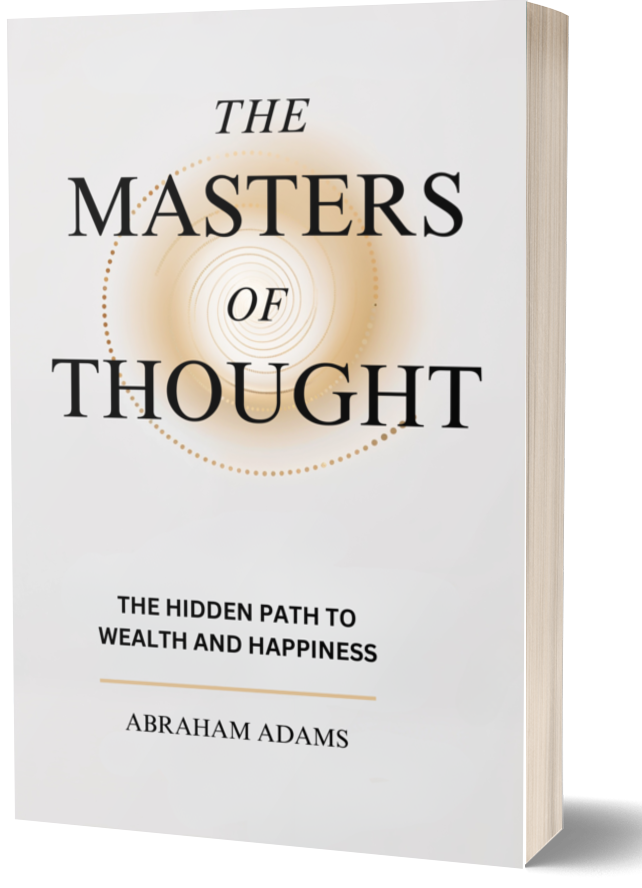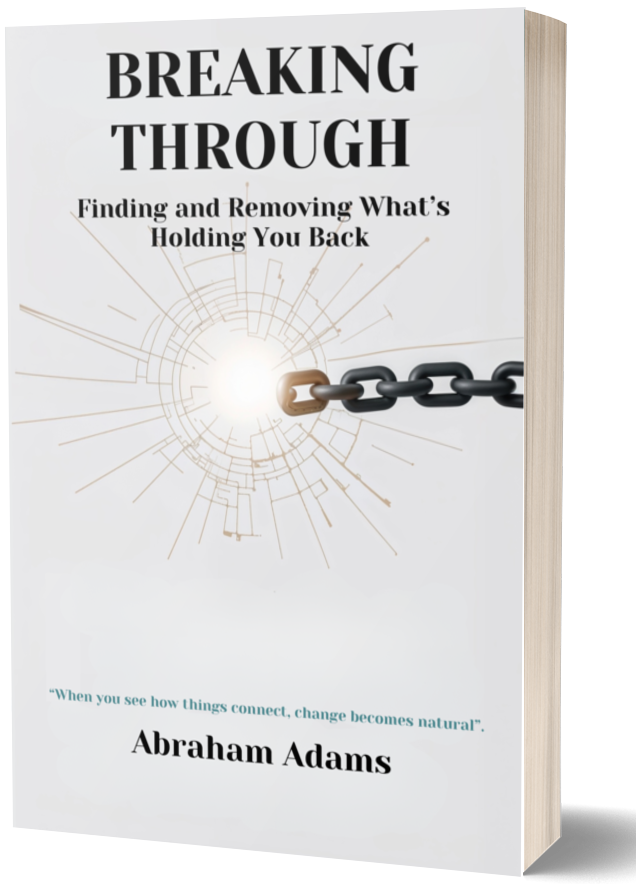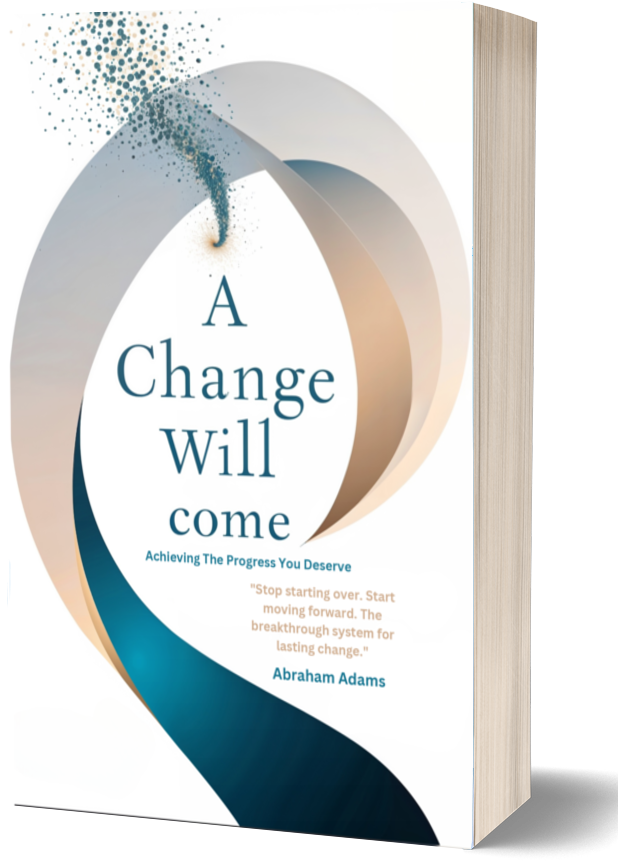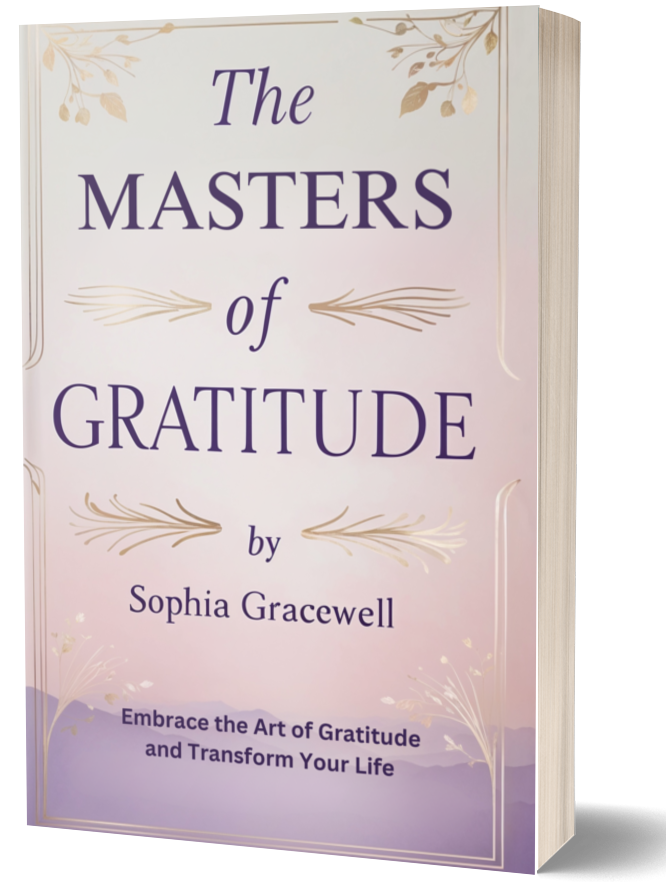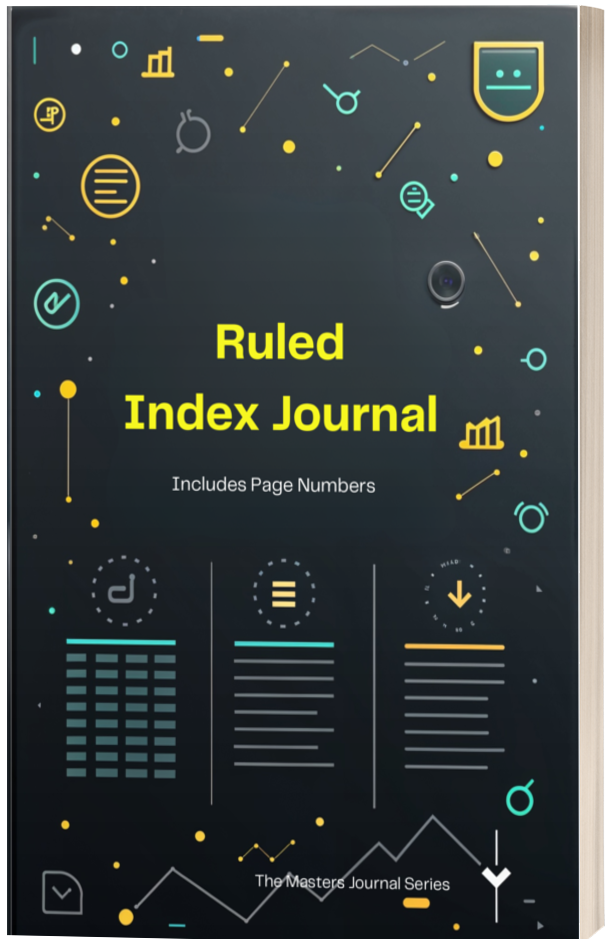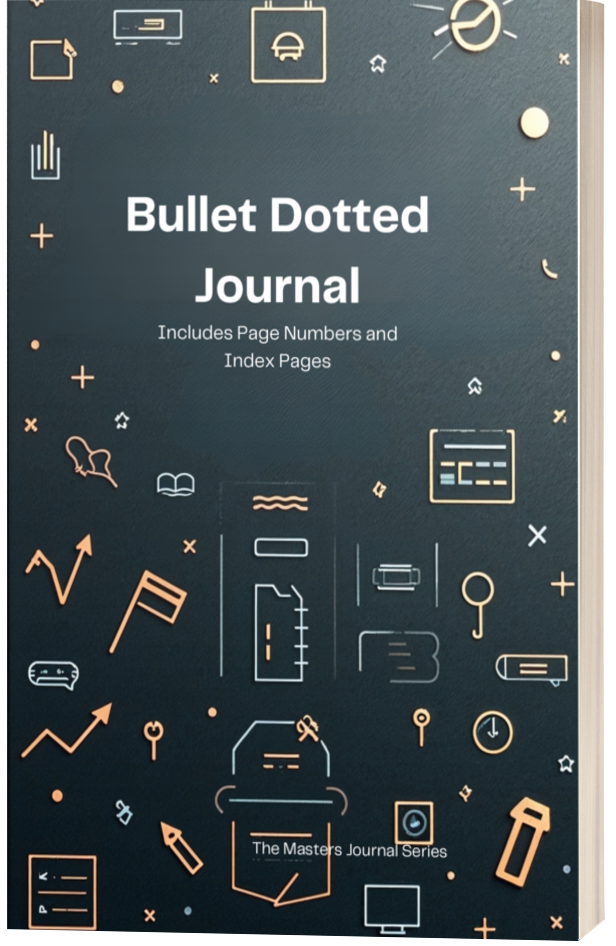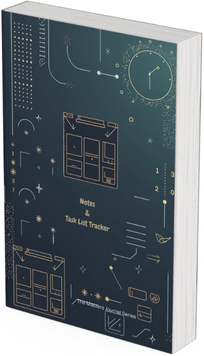The Oracle's Treasury: Divining Wealth Through Sacred Wisdom
The Temple Economics of Divine Timing 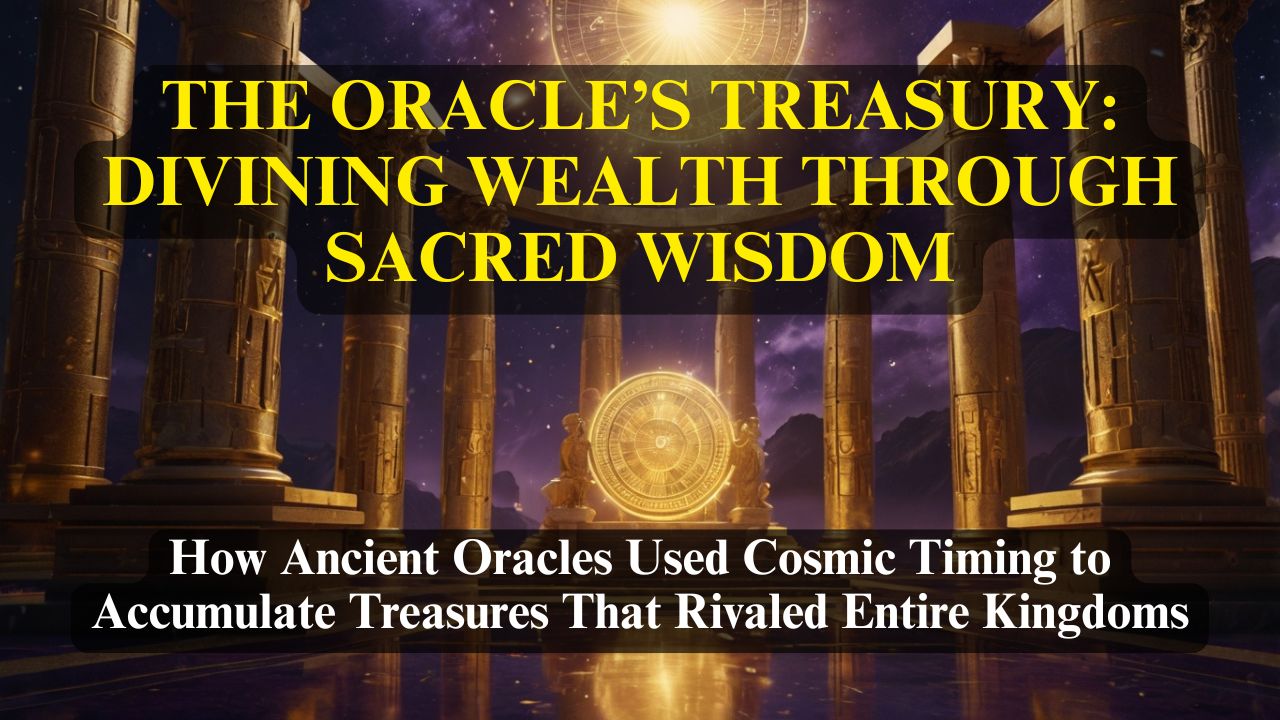
Long before modern markets existed, the most sophisticated economic systems on Earth operated within the sacred precincts of oracle temples. These were not mere religious institutions, but vast economic empires that combined spiritual insight with material mastery. The priests and priestesses who served as intermediaries between the divine realm and mortal concerns possessed a form of insider trading that no earthly authority could regulate—direct communication with the cosmic forces that orchestrate all abundance.
The Oracle of Delphi, perched on the slopes of Mount Parnassus, controlled what was arguably the ancient world's first international banking system. Pilgrims arrived from across the Mediterranean bearing gold, silver, and precious goods to purchase prophetic guidance for their commercial ventures. The Pythia's pronouncements determined the fate of trade expeditions, the timing of new business ventures, and the rise and fall of merchant dynasties.
Yet the true wealth of Delphi lay not in the offerings received, but in the oracle's uncanny ability to perceive the optimal timing for any endeavor. City-states consulted the Pythia before establishing colonies, merchants sought guidance before launching trade expeditions, and even kings deferred to her wisdom before going to war. This divine timing intelligence created a self-reinforcing cycle of prosperity that lasted for over a thousand years.
The Astronomical Wealth of Babylon
In the ziggurat temples of ancient Babylon, priest-astronomers developed the most sophisticated system of cosmic timing the world had ever known. These were not merely stargazers, but practical mystics who understood that celestial movements directly influenced terrestrial commerce. Their meticulous observations of planetary cycles, lunar phases, and stellar conjunctions formed the foundation of both astrology and economics.
The Chaldean priests maintained detailed records of how celestial events correlated with market fluctuations, harvest yields, and trade route profitability. They discovered that certain planetary configurations consistently coincided with periods of economic expansion, while others reliably preceded commercial contraction. This knowledge allowed them to advise merchants, farmers, and traders with supernatural accuracy.
Nabu-rimanni, the great astronomer-priest of the 6th century BCE, developed mathematical models that could predict favorable trading periods months in advance. His calculations enabled Babylonian merchants to monopolize certain trade routes by arriving at distant markets precisely when local demand peaked. The temple's cut of these divinely timed profits funded the construction of the Hanging Gardens and other wonders that demonstrated Babylon's unprecedented prosperity.
The sacred calendar maintained by these priest-economists contained what modern analysts would recognize as the earliest form of technical analysis. They tracked recurring cycles of abundance and scarcity, identifying the cosmic rhythms that governed everything from grain prices to precious metal availability. This temporal intelligence proved far more valuable than any physical treasure.
The Egyptian Temple Treasuries
Along the life-giving waters of the Nile, Egyptian temple complexes operated as the ancient world's most sophisticated economic institutions. The priests of Thoth at Hermopolis, the priestesses of Isis at Philae, and the solar priests of Ra at Heliopolis possessed knowledge that combined astronomical precision with mystical insight to create abundance on an almost unimaginable scale.
The annual flooding of the Nile provided these temple economists with a perfect laboratory for studying the relationship between cosmic cycles and material prosperity. They discovered that the river's behavior followed celestial patterns that could be calculated centuries in advance. This allowed them to predict not only flood timing and intensity, but also the resulting agricultural yields and subsequent economic conditions throughout the kingdom.
Imhotep, the legendary architect-physician-priest who designed the Step Pyramid, was also history's first recorded economic forecaster. His careful observations of the relationship between stellar positions and Nile behavior enabled him to predict seven years of abundance followed by seven years of scarcity—the foundation of Egypt's economic dominance during the Old Kingdom period.
The Temple of Karnak operated what was essentially the ancient world's first central bank, with satellite temples throughout Egypt serving as branches in a vast economic network. The priests used their cosmic timing knowledge to regulate grain storage, precious metal accumulation, and trade route optimization. Their ability to predict and prepare for economic cycles created a stability that allowed Egyptian civilization to flourish for over three millennia.
The Celtic Druids and the Sacred Cycles
In the mist-shrouded groves of ancient Europe, the Druidic orders possessed their own sophisticated understanding of temporal economics. The Celtic druids tracked what they called the "Sacred Wheels"—recurring cycles of natural and economic abundance that governed everything from livestock breeding to metal working.
The druids discovered that certain times of the year, determined by complex calculations involving solar, lunar, and stellar positions, were optimal for different types of economic activity. They developed a system of "Seasonal Sorcery" that allowed Celtic tribes to maximize the prosperity potential of every undertaking.
The great druid Diviciacus, who advised Caesar during the Gallic Wars, demonstrated this knowledge by accurately predicting which Roman military campaigns would succeed based on their timing relative to celestial cycles. His counsel was so valuable that he accumulated wealth rivaling that of Roman senators, despite officially owning no property.
The druids taught that abundance flows in spirals rather than straight lines, following patterns that mirror the movements of celestial bodies. By aligning human activity with these cosmic spirals, any individual or community could tap into the natural rhythms of prosperity.
The Oracle Networks of Ancient Greece
Beyond the famous Oracle of Delphi, ancient Greece supported a vast network of prophetic sites, each specializing in different aspects of temporal guidance. The Oracle of Zeus at Dodona advised on agricultural timing, the Oracle of Apollo at Claros guided maritime ventures, and the Oracle of Asclepius at Epidaurus provided counsel on the optimal timing for healing and restoration activities.
These oracles operated as an interconnected intelligence network, sharing information about cosmic conditions and their economic implications across the Mediterranean world. Merchants could consult multiple oracles to triangulate the most favorable timing for complex ventures involving different regions and time frames.
Lysander of Sparta demonstrated the practical value of oracular timing when he consulted the Oracle of Ammon before his naval campaigns. By attacking only when cosmic conditions favored Spartan victory, he accumulated a personal fortune that exceeded the treasuries of most city-states. His success was attributed not to superior strategy, but to divine timing.
The oracle network also maintained what amounted to ancient credit systems, where favorable prophecies could be traded like commodity futures. A merchant blessed with a positive oracle regarding future grain harvests could leverage that prophecy to secure immediate financing for expanded operations.
The Roman Augurs and Imperial Economics
As Rome expanded its empire, it systematically absorbed and refined the temporal wisdom of conquered peoples. The Roman College of Augurs developed perhaps the most pragmatic system of divine economic guidance in the ancient world, combining Greek oracular traditions with Egyptian astronomical precision and Celtic seasonal wisdom.
The augurs understood that imperial prosperity required perfect synchronization between human ambition and cosmic timing. They developed elaborate systems for determining the most auspicious moments for everything from military campaigns to tax collection, from public works projects to trade negotiations.
Marcus Licinius Crassus, the wealthiest man in Roman history, maintained a private team of augurs who advised him on the optimal timing for his various business ventures. His real estate empire, slave trading operations, and money lending activities were all coordinated according to cosmic timing principles that ensured maximum profitability.
The augurs taught that wealth flows according to what they called the "Temporal Tides"—predictable cycles of cosmic energy that could be surfed like ocean waves by those who understood their patterns. Missing the optimal timing for any venture was like trying to sail against the tide; even with superior resources, failure was nearly inevitable.
The Sacred Mathematics of Prosperity
Underlying all these ancient systems of divine economic guidance was a sophisticated understanding of what modern researchers might call "temporal mathematics." The temple economists discovered that prosperity follows precise mathematical patterns that mirror the movements of celestial bodies.
Pythagoras, whose mathematical insights revolutionized both music and mysticism, applied the same harmonic principles to economic timing. He taught that just as musical notes create harmony through mathematical relationships, business ventures create prosperity through temporal relationships with cosmic cycles.
The Pythagorean school developed a system called "Numerical Divination" that could calculate the most favorable timing for any financial endeavor. Students learned to recognize the mathematical signatures of different types of opportunities and to time their actions according to cosmic numerical sequences.
This sacred mathematics revealed that time itself has texture and flavor—certain moments naturally support expansion while others favor consolidation, some periods encourage risk-taking while others counsel patience. The ancient masters learned to read these temporal qualities as accurately as a sailor reads wind and weather.
The Hermetic Timing Traditions
The Hermetic schools of Alexandria synthesized all these various traditions into a comprehensive system of temporal alchemy. They taught that just as the alchemists could transmute base metals into gold through proper timing and technique, any individual could transmute ordinary circumstances into golden opportunities through mastery of cosmic timing.
The Hermetic texts revealed seven distinct types of cosmic time, each governed by a different planetary intelligence and each optimal for specific types of manifestation. Mercury time favored communication and trade, Venus time blessed artistic and luxury ventures, Mars time energized competitive enterprises, Jupiter time supported expansion and education, Saturn time provided discipline and structure, while Solar and Lunar times governed the fundamental rhythms of accumulation and distribution.
Hermes Trismegistus himself was said to have accumulated vast wealth not through any earthly business, but through his perfect attunement to these cosmic timing cycles. His legendary emerald tablets contained encoded instructions for recognizing and utilizing the optimal moments for material manifestation.
The Celtic Tree Calendar and Economic Cycles
The Celtic druids developed perhaps the most sophisticated natural timing system in the ancient world—the sacred tree calendar that aligned human activity with the deepest rhythms of natural abundance. Each tree in their calendar represented not only a time period, but a specific type of economic energy and opportunity.
During Oak periods, ventures requiring strength and permanence were favored. Willow times supported intuitive investments and women-led enterprises. Apple periods blessed ventures related to knowledge and education, while Pine times favored long-term building projects. By aligning their economic activities with these natural cycles, Celtic communities achieved remarkable prosperity despite the harsh northern climate.
The druids taught that each person was born under a particular tree influence that determined their natural timing for different types of prosperity. A person born under the Oak would find their greatest success during Oak periods, while someone born under the Willow would thrive during Willow times. This created a natural division of labor based on cosmic timing rather than artificial social structures.
The Modern Application of Ancient Timing
Though we live in an age that has largely forgotten these temporal wisdom traditions, the underlying principles remain as powerful as ever. Modern research in chronobiology, circadian rhythms, and market timing has begun to rediscover what the ancient oracles always knew—that success in any endeavor depends as much on when you act as on what you do.
The same cosmic cycles that guided Egyptian grain traders and Babylonian merchants continue to influence modern markets. The lunar cycles that determined the best times for ancient trade expeditions still affect everything from stock market volatility to real estate sales. The seasonal patterns recognized by Celtic druids remain visible in contemporary business cycles.
The challenge for modern prosperity seekers is learning to perceive these subtle temporal rhythms in a world dominated by artificial light and mechanical time. The ancient oracles spent years training their sensitivity to cosmic timing; contemporary practitioners must develop similar attunement despite the distractions of digital technology.
The Five Sacred Timing Principles
From all the ancient traditions emerges a consistent set of principles that govern the relationship between cosmic timing and material prosperity:
The Principle of Rhythmic Alignment: All abundance flows in cycles. Success comes from aligning personal action with these natural rhythms rather than fighting against them. The ancients understood that forcing action during unfavorable periods was like swimming upstream—exhausting and ultimately futile.
The Principle of Seasonal Wisdom: Different types of activities are naturally favored during different cosmic seasons. Just as farmers plant in spring and harvest in fall, conscious prosperity creators learn to initiate ventures during expansion periods and consolidate gains during contraction periods.
The Principle of Lunar Timing: The moon's phases directly influence the ebb and flow of creative and commercial energy. New moon periods favor new beginnings, full moon periods support culmination and completion, while waning moon periods are optimal for clearing away obstacles and preparing for the next cycle.
The Principle of Planetary Influences: Each planet governs specific types of endeavors and opportunities. Mercury supports communication and trade, Venus blesses beauty and luxury ventures, Mars energizes competitive enterprises, Jupiter expands education and publishing, while Saturn provides structure and long-term planning.
The Principle of Personal Timing: Each individual has their own cosmic timing signature based on birth patterns and current planetary transits. Success comes from understanding your personal timing cycles and acting when your individual rhythms align with universal rhythms.
The Oracle's Ultimate Secret
The greatest secret possessed by the ancient oracles was not their ability to predict the future, but their understanding that the future exists in multiple potential forms simultaneously. Their true gift lay in perceiving which potential futures were most favored by cosmic timing and helping their clients choose actions that would manifest the most prosperous possibilities.
The oracles understood that abundance is not scarce but infinite, not random but rhythmic, not reserved for the few but available to all who learn to read the cosmic calendar. They taught that every moment contains the seed of prosperity, but some moments are more fertile than others for planting specific types of abundance.
This wisdom revealed that poverty is primarily a timing problem rather than a resource problem. Those who struggle financially are usually not lacking in ability or opportunity, but in their understanding of when to act and when to wait, when to push forward and when to allow natural forces to work.
The Eternal Treasury
The true treasury of the oracles was never their accumulated gold and silver, but their mastery of time itself. They understood that time is the ultimate currency—more valuable than money because it determines when money flows and when it stagnates, when opportunities appear and when they vanish.
This temporal mastery created what the ancients called "The Eternal Treasury"—a state of consciousness that could generate abundance in any era, under any conditions, through perfect attunement to the cosmic rhythms that govern all manifestation. Unlike material treasures that could be stolen or lost, this treasury existed within consciousness itself and traveled with its possessor through all circumstances.
The oracles taught that every human being possesses access to this eternal treasury through their connection to the same cosmic intelligence that guides the stars in their courses and the seasons in their turning. The key to accessing this treasury lies not in complex calculations or elaborate rituals, but in developing the sensitivity to perceive and the wisdom to follow the subtle guidance that flows continuously from the divine source of all abundance.
In the end, the oracle's greatest revelation was that we are all oracles of our own prosperity, gifted with the same cosmic intelligence that created galaxies and governs the dance of atoms. The treasury we seek exists not in some distant temple, but in the sacred oracle chamber of our own awakened consciousness.
- Watch The Video Transcripts For The Above Articles -->
- The Secret of the Ages 5 Videos






